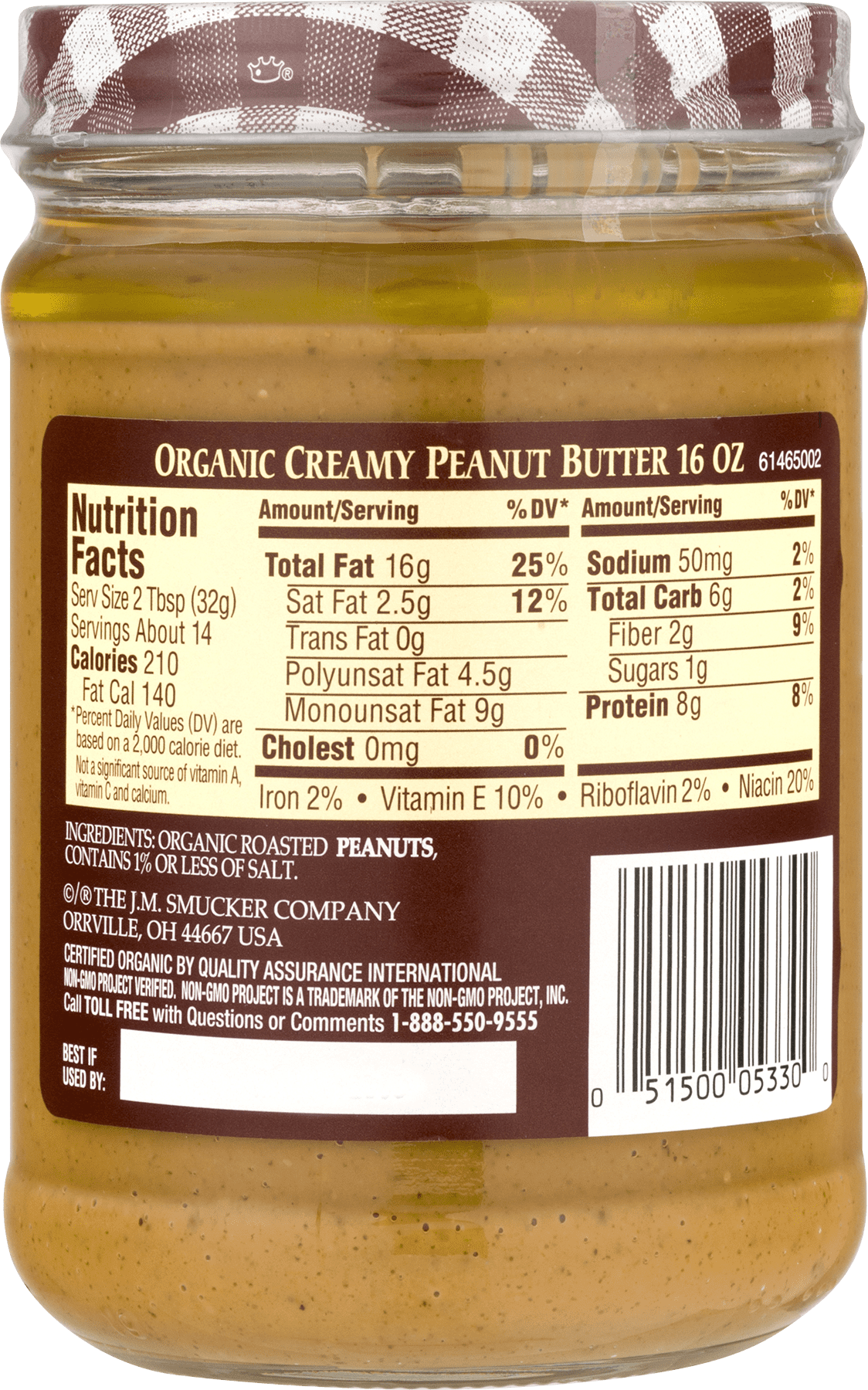

In 1955, Procter & Gamble launched a peanut butter named Jif, which was sweeter than other brands, due to the use of "sugar and molasses" in its recipe. He also mixed fragments of peanut into peanut butter, creating the first "chunky"-style peanut butter. Under the Skippy brand, Rosefield developed a new method of churning creamy peanut butter, giving it a smoother consistency. "In 1922, chemist Joseph Rosefield invented a process for making smooth peanut butter that kept the oil from separating by using partially hydrogenated oil Rosefield ".licensed his invention to the company that created Peter Pan peanut butter" in 1928 further, in ".1932 he began producing his own peanut butter under the name Skippy". Ambrose Straub who obtained a patent for a peanut-butter-making machine in 1903. Įarly peanut-butter-making machines were developed by Joseph Lambert, who had worked at John Harvey Kellogg's Battle Creek Sanatorium, and Dr. By the time Carver published his document about peanuts, entitled "How to Grow the Peanut and 105 Ways of Preparing it For Human Consumption" in 1916, many methods of preparation of peanut butter had already been developed or patented by various pharmacists, doctors, and food scientists working in the US and Canada. Īlthough often credited with its invention, George Washington Carver did not invent peanut butter. At first, peanut butter was a food for wealthy people, as it became popular initially as a product served at expensive health care institutes. Kellogg's Western Health Reform Institute served peanut butter to patients because they needed a food that contained a lot of protein that could be eaten without chewing. He was issued a patent for a "Process of Producing Alimentary Products" in 1898, and used peanuts, although he boiled the peanuts rather than roasting them. John Harvey Kellogg, known for his line of prepared breakfast cereals, was an advocate of using plant foods as a healthier dietary choice than meat. By 1917, American consumers used peanut products during periods of meat rationing, with government promotions of " meatless Mondays" when peanut butter was a favored choice. Louis named George Bayle produced and sold peanut butter in the form of a snack food in 1894.

He mixed sugar into the paste to harden its consistency. Edson's cooled product had "a consistency like that of butter, lard, or ointment" according to his patent application which described a process of milling roasted peanuts until the peanuts reached "a fluid or semi-fluid state". Marcellus Gilmore Edson of Montreal, Quebec, Canada, obtained the first patent for a method of producing peanut butter from roasted peanuts using heated surfaces in 1884. The US National Peanut Board credits three modern inventors with the earliest patents related to the production of modern peanut butter. However, several people can be credited with the invention of modern peanut butter and the processes involved in making it. The earliest references to peanut butter can be traced to Aztec and Inca civilizations, who ground roasted peanuts into a paste.


 0 kommentar(er)
0 kommentar(er)
